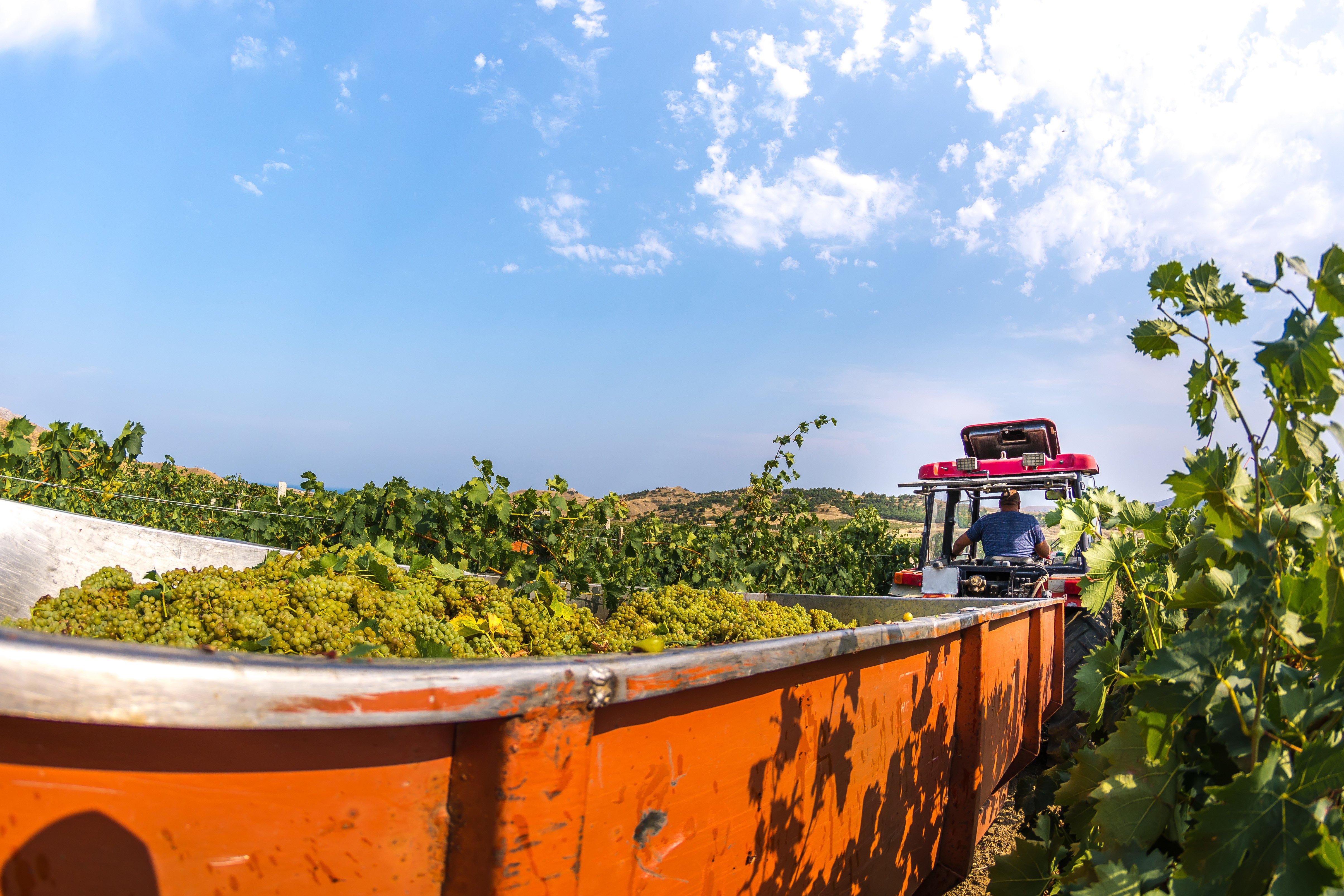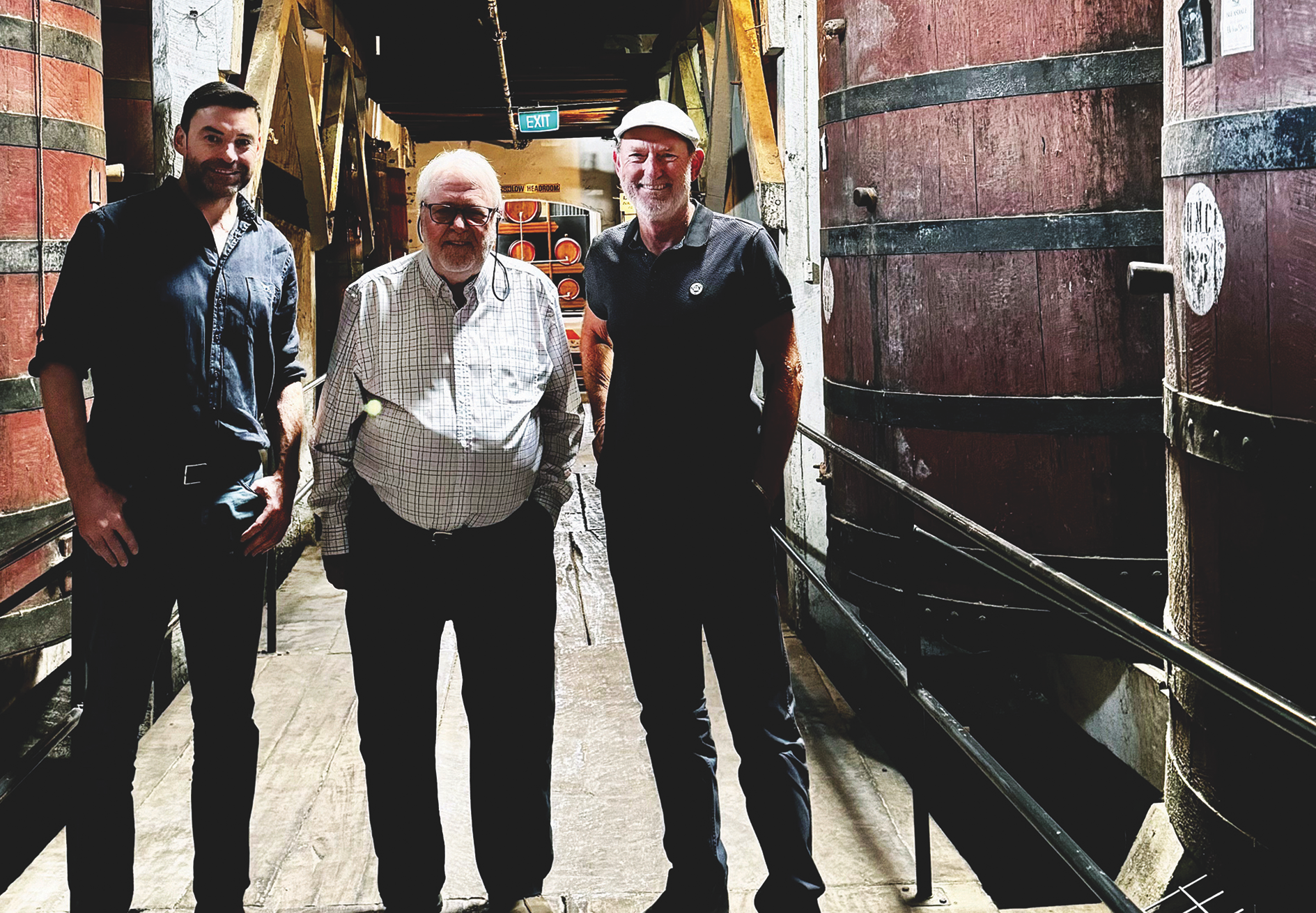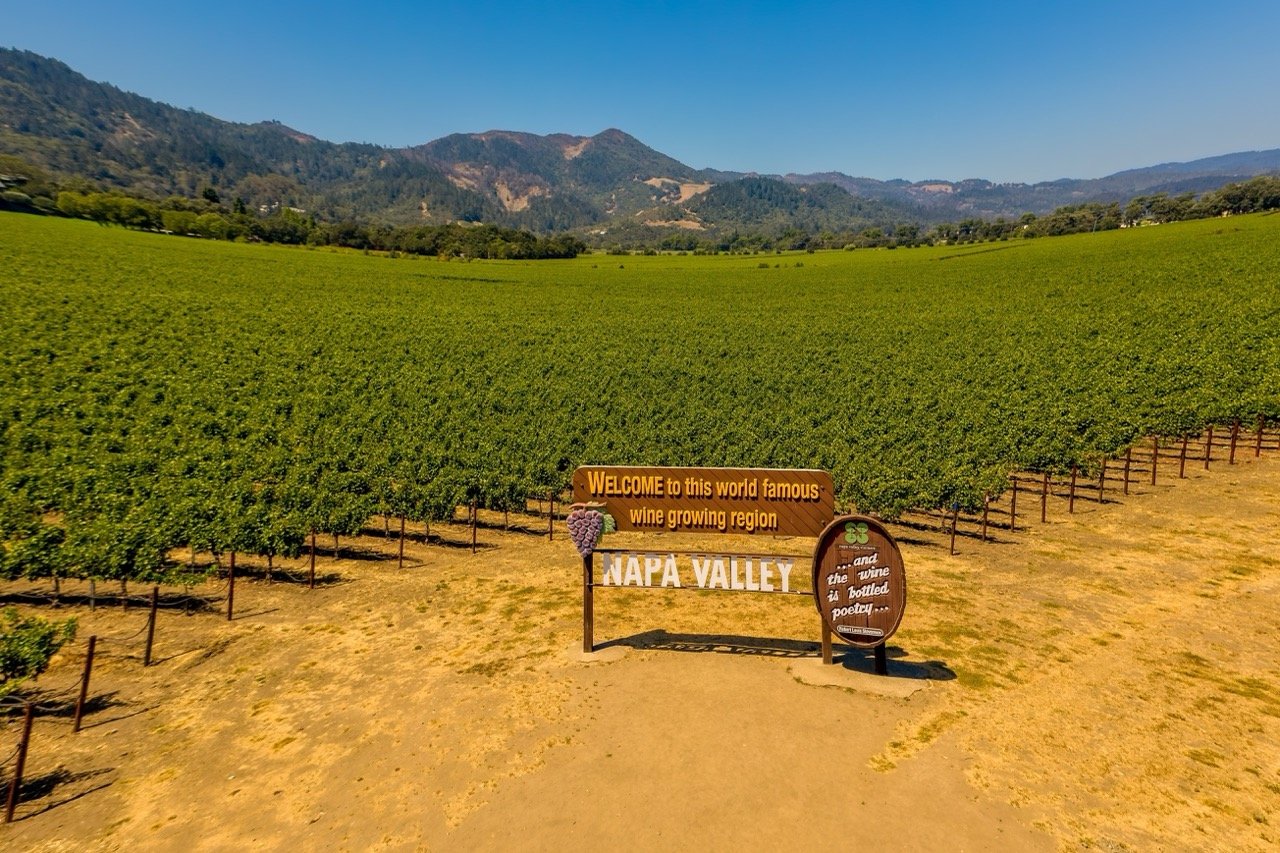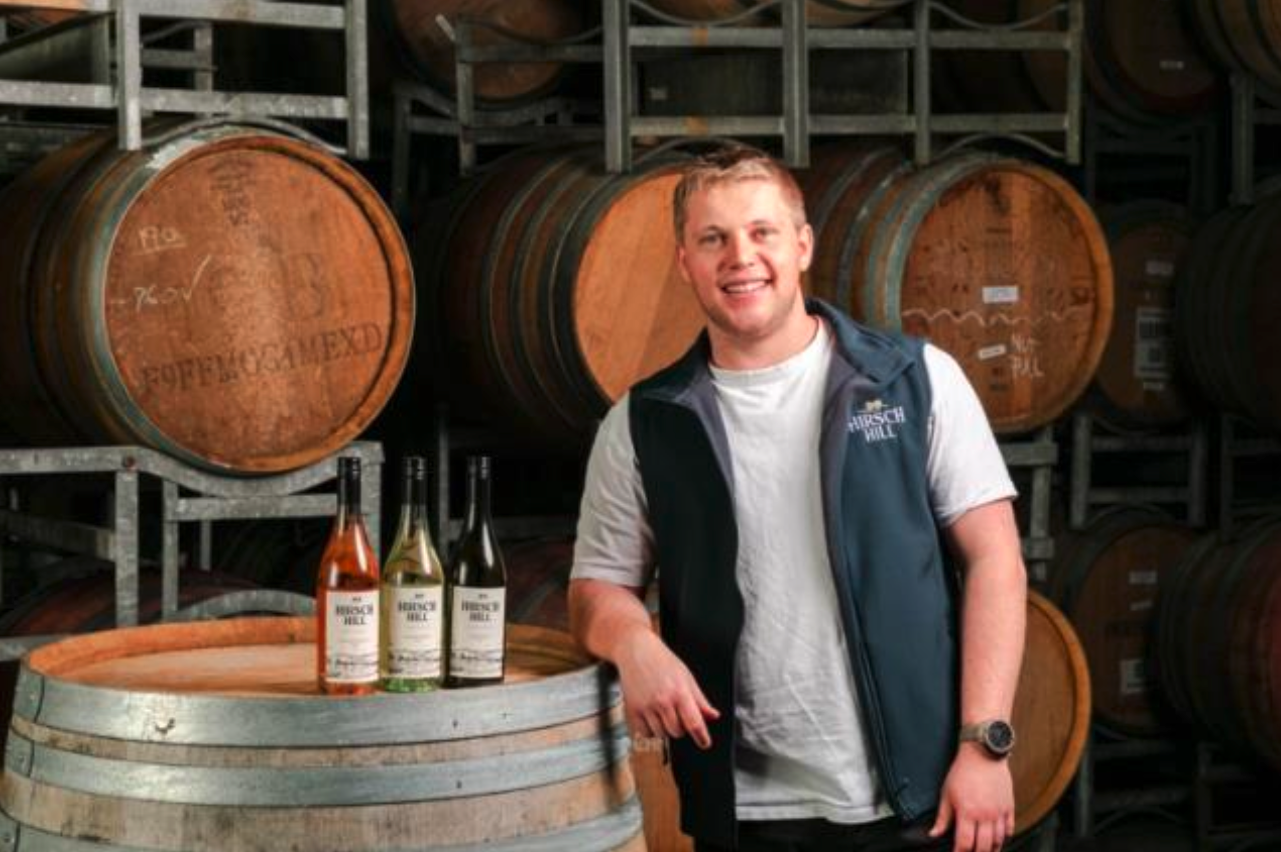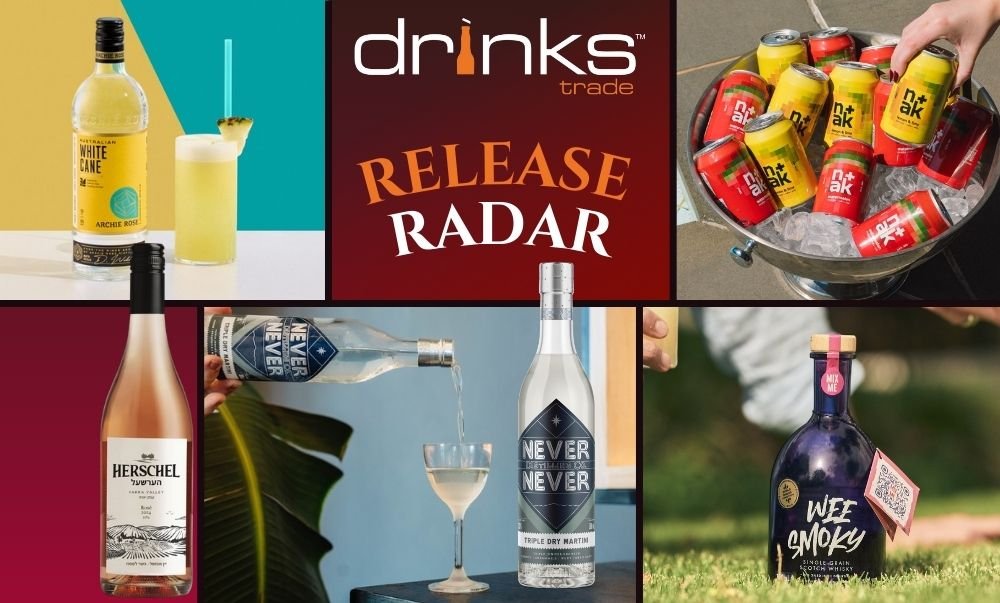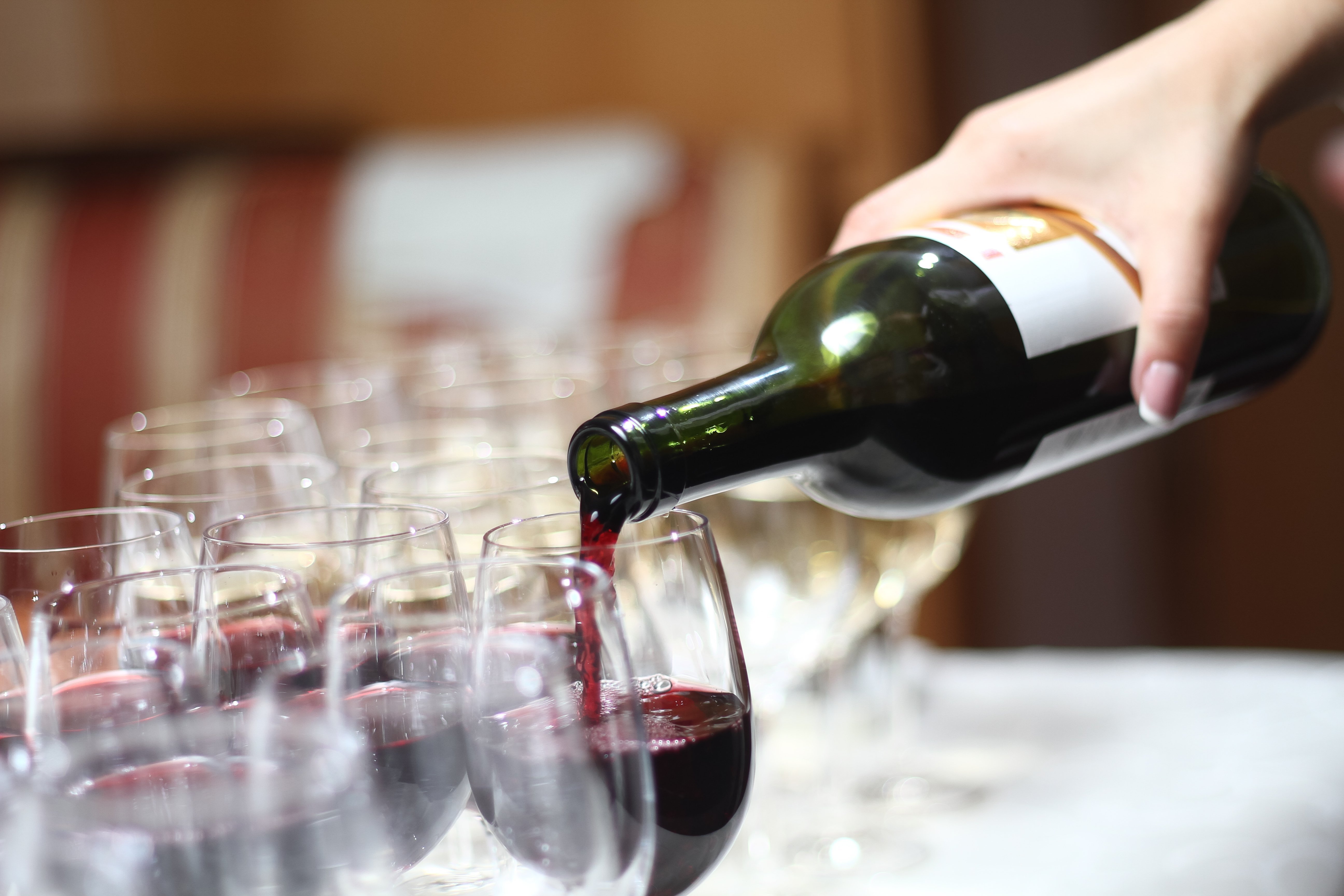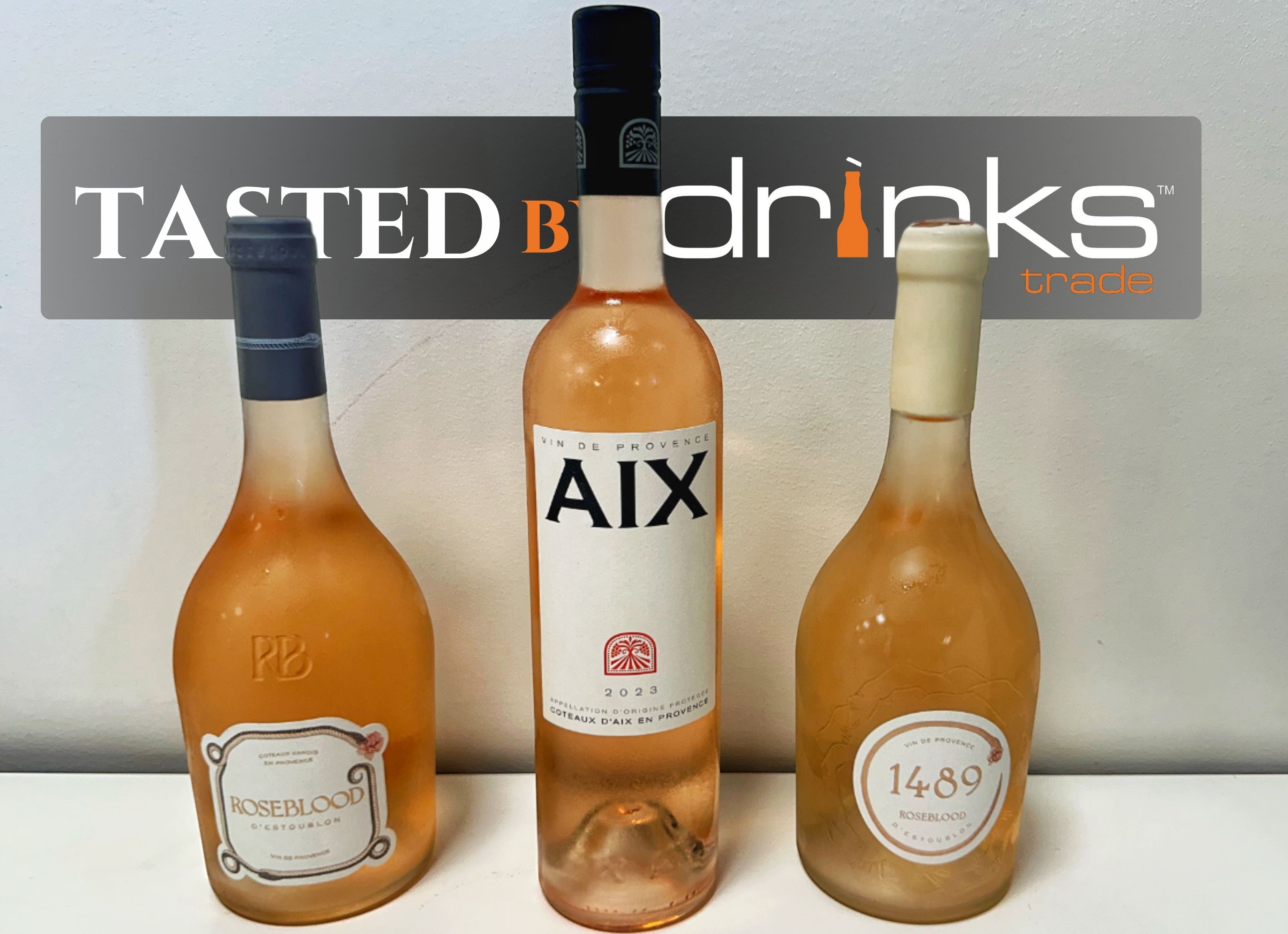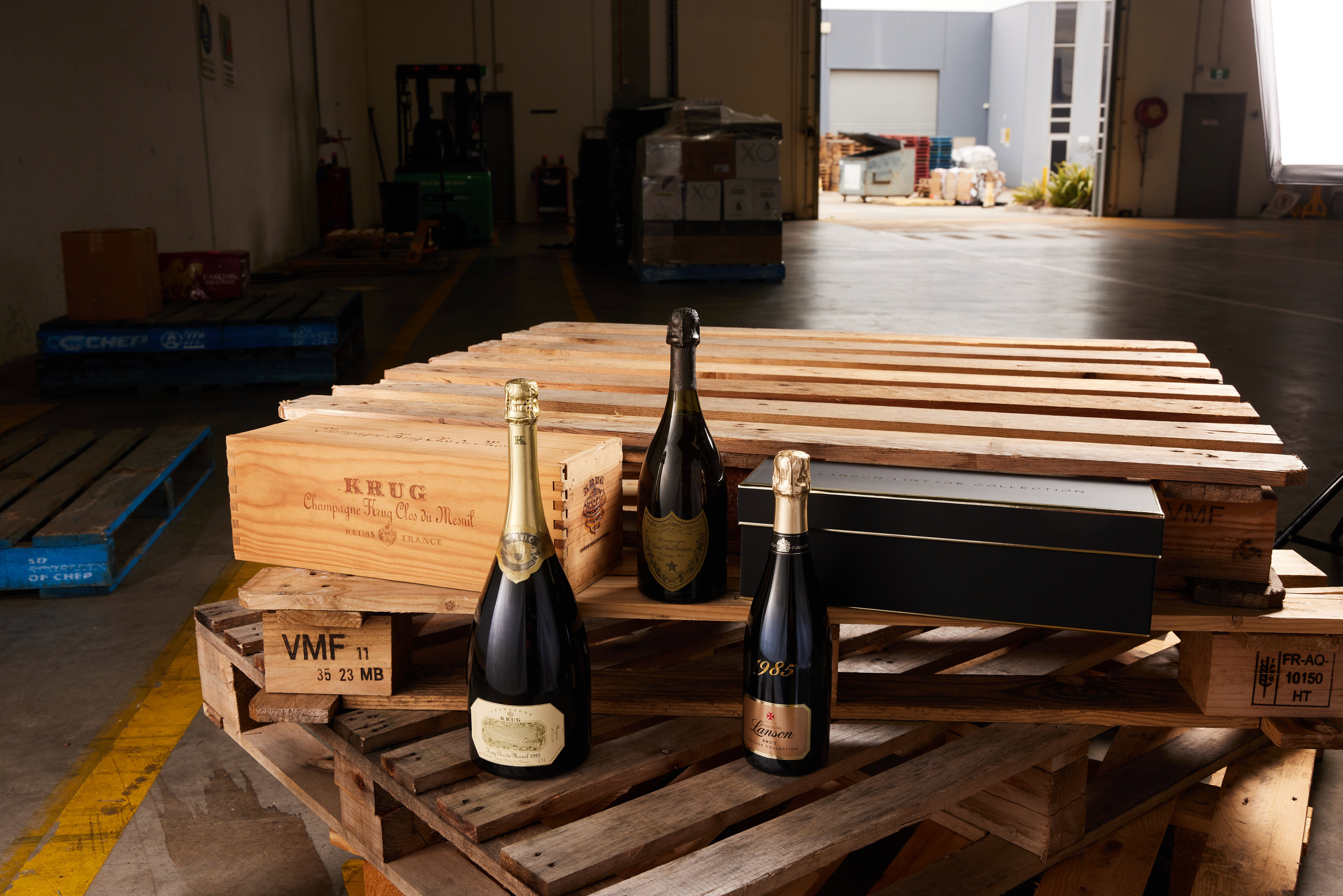In many ways, Australia is the ideal testing ground for alternative grape varietals. This is partly due to Australia's absence of strict ‘appellation’ wine laws, partly due to the diversity of its grape growing landscape, and partly due to its overarching consumer curiosity and producer tendency to innovate. While currently only around 3% of Australia's total wine production by volume, their importance is expected to continue to grow as grape growers adapt to a warming climate.
Already, warmer grape growing regions have been experimenting with Southern Mediterranean varieties better adapted to the conditions. Drinks Trade recently chatted with two Australian producers involved in the alternative varieties space - Kim Chalmers of Chalmers Wines, Heathcote, and Jim Markeas of Mallee Estate Wines, Riverland - to hear their thoughts on where the category might be headed.
Drinks Trade: Why plant alternative varieties?
Kim Chalmers: The reason we're working with these grapes in Australia, particularly for us, is about viticulture and viticultural kind of aspects that suit our site. So if you think about [how] Australia is roughly the size of Europe, we've got 64 different wine growing regions and we all grow the same five varieties.
Our whole thing, what we're doing is finding varieties that we can kind of hone in on and fine tune to have more kind of regional specificity and right down to sub-regional and individual block wines that are more expressive and more unique.
Jim Markeas: A few years ago we went through the transition of top working and grafting over Cabernet grape vines to Greek, Italian, Spanish, and one Georgian variety, Saperavi… It gives us a lot more diversity for on-premise sales, because all these interesting wines that are coming out of the Riverland can be on-premise and in restaurants, because that's where people like to try new things.
We, [Australia], are in a good position to offer all these new varieties and new styles of wines and provide some decent volumes as well to the world.
DT: Do you feel as though alternative varieties are becoming an important aspect of Australia’s wine identity?
JM: There's definitely a place for them. It'll take time to commercialise them. We don't know if they'll become mainstream varieties for Australia or not. For that to happen, there needs to be more plantings of these varieties.
One thing that it does do [is] it makes the Australian wine segment very exciting. Not only are we excited about new varieties and things like that, but the people behind these varieties that are making them and making these wines all have unique stories… Everyone's doing their own thing and creating new styles from Pet Nat’s to traditional styles, low filtration, conventional winemaking practices. There's a lot of different options out there for people to come and discover Riverland and discover different wine styles and great stories.
KC: I don't think these varieties are going to replace everything, but they're going to give growers the opportunity to add some kind of resilience into their viticulture for those times when things are overripe or vintage is getting compressed.
DT: Heathcote and Riverland are quite hot wine regions… Do you consider your wines as proof of concept in terms of Australian wine coping with a warming climate?
KC: Absolutely! So the nursery and all our original wines and all our original mother blocks are up in the Murray-Darling region, which is the edge of the desert, where the canary and the goldmine essentially. It's very hot, it's very dry.
I guess our whole thing was not to be tarred with the brush of our warm climate is low quality and cool climate is premium. That's not the case. Our whole thing was if you grow the right thing in the right place with the right techniques, you can make great wine anywhere.
All our initial trials of winemaking have been based around looking for varieties that can produce elegant wines with freshness and good acidity and vibrant flavours in hot climates, and that knowledge has been shared and filtered down and kind of meted out all across Australia to producers who have started to work with these varieties in regions that are premium or high-end regions that are also warm and dry and getting warmer and drier, like the Barossa or McLaren Vale.
Things like the Falanghina and the Aglianico, they're a great example of sort of future-proofing viticulture in warmer climates. Late ripening, high acidity; you're able to achieve these sorts of wines without adding acid. They're classic timeless styles.
DT: Any comments on the commercial viability of growing alternative varieties?
KC: A great example straight up would be that, in the last three years, we have had unsold grapes left of Shiraz on the vine and not much unsold of anything else, so there's a commercial aspect. But for us, the most important aspect of why we grow what we grow is about wine quality and about sustainable viticulture and less inputs. If we can grow a grape that has thick skins and is quite drought tolerant and high acid, then we're not watering as much, we're not spraying as much, and we're also not adding acid in the winery; so we're actually reducing our inputs, which reduces your impact on the environment and all the rest of it. And it's our belief that those grapes also make better wine. So yeah, it's a mix of sustainability and commercial reality, I suppose, but sustainability for us is number one. The commercial side kind of comes second in that we planted all these varieties before anyone even knew they wanted them, and then we had to go and make a market for them, so commercial reality definitely came second.
But now there is a market, and people are looking for lots of different flavour profiles, and particularly higher acid varieties and things like that, so that they can make more natural or less intervention wines, which seems to be a general trend across the board.
DT: Do you feel that consumer attitudes and preferences towards these styles of wines are changing?
KC: I think [it’s happening] generationally. As the general wine drinking population is the oldest bracket of wine consumers, [they] are probably still drinking more traditional Australian styles, and as younger groups of consumers come through, they're eating more diversely, they're drinking more diversely… so I think people are looking for more different flavours. I think there's also interest in provenance of products, so people are less, modern consumers and younger consumers are less likely to just go and buy the same brand every time because it's a brand name. They're going to go and look for products that actually have a story and some sort of meaning or purpose or whatever behind them that they can feel connected to.
DT: What is the process for planting/registering a new grape variety in Australia?
JM: Wine Australia has a strong audit process with LIP, which is Label Integrity Program. Most wineries get audited every few years, and they go through and check all our paperwork that everything is true to label and stuff like that, so the Australian wine industry is very reputable, you know what you're going to get, and we do have a lot of due diligence in our winemaking processes. That's one of the great things about Australian wine. It's a trusted product in the world.
Once we get to that stage of exporting and that, we then go through Wine Australia and apply for the paperwork for it.
KC: We are the Australian exclusive agent for VCR Nursery, which is a big nursery (I think it's the biggest nursery in the world, actually) in Friuli. So we're allowed to sell their clones in Australia, but they retain the rights: we're their agent, and that's why people who buy vines from us from those varieties have to sign an agreement that says they won't propagate from those vines.
DT: Can you explain the process from choosing a new clone to bottling its wine?
KC: It's a long, lovely process, but from deciding that you want to work with a variety to then going to the nursery to source the clone (and they may have multiple clones, and then you work out which one you prefer, or that you think you might prefer, or one or two), then you import them. So they would send dormant cuttings, to Australia. Those cuttings are then sort of confiscated at the airport by customs and taken off to a quarantine nursery that's run by the federal government… They are kept in the quarantine nursery for a couple of years until they are, I guess, verified to not have any exotic pests or diseases that are not known in Australia. Once they're confident that there's no exotic pests or diseases present, then you get your one pot plant after, this is usually about two years down the track. Then that one pot plant, which is about the size of a small house plant, from that pot plant you have to create your whole nation of vineyards.
The first thing you do is take a few little cuttings, so from the one plant you might get 20, and then from the 20 you might get 200, and then from the 200 you might get 2,000, and then away you go, and you can pick grapes and make wine and whatever. In the most recent lot of imports that have gone through the whole process and ended up turning into wine in Australia (something like Falanghina) we selected in 2012, and it arrived in 2015 to our vineyard, the one vine. By 2018 we made the first small volume project line, and by 2020 we had a commercial planting and our first vintage out of the Heathcote vineyard, so about eight years, six to eight years.
Share the content
